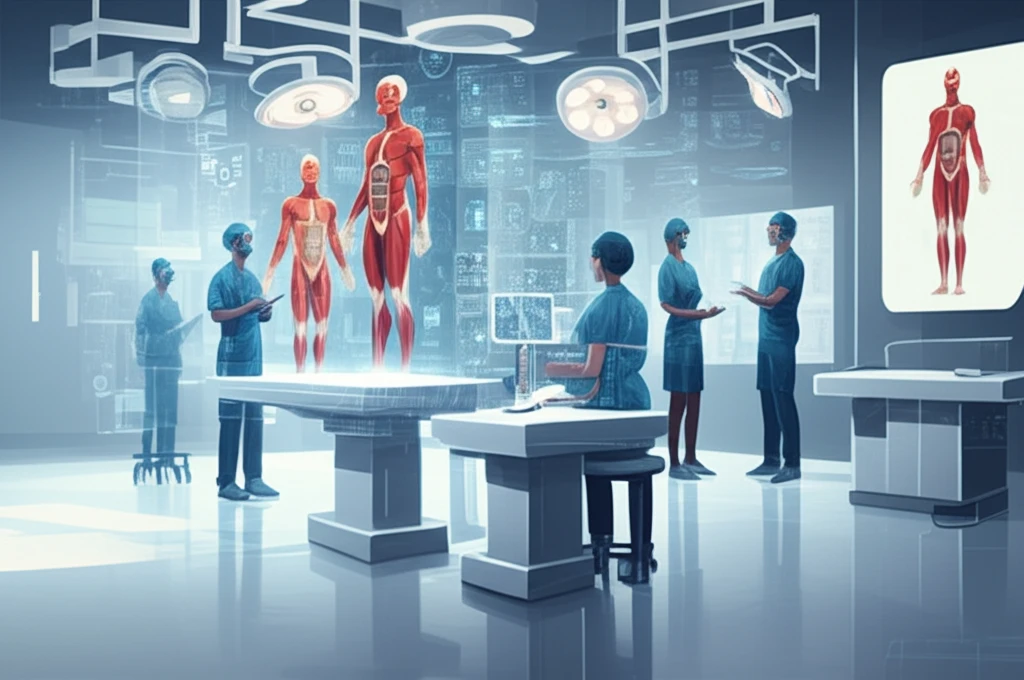
Anatomy Education Revolution: How Surgical Trainee-Led Courses Are Shaping Future Doctors
"Discover how innovative, trainee-led anatomy courses are transforming medical education, empowering students with clinical insights and hands-on experience."
Anatomy, the cornerstone of medical education, has undergone significant transformation in recent years. Traditional methods are being questioned, with debates focusing on the necessity of dissection and the volume of anatomical knowledge imparted to undergraduate students. This shift reflects a broader change in the modern curriculum and the perceived relevance of basic sciences.
In the UK, anatomy teaching is experiencing substantial changes, leading to discussions regarding the best ways to educate future doctors. Factors such as the reduction in anatomy teaching hours and the variability in teaching quality have prompted educators to seek innovative solutions to ensure students receive a comprehensive and clinically relevant education.
One promising approach is the integration of surgical trainee-led clinical anatomy courses. These courses aim to provide senior medical students with a more clinically focused and engaging learning experience, while also offering surgical trainees opportunities to enhance their teaching and leadership skills. This article delves into the design, implementation, and impact of such a course, highlighting its potential to revolutionize anatomy education.
The Rise of Clinical Anatomy Courses: A New Approach to Medical Education

Clinical anatomy courses represent a shift towards more applied and integrated learning. Instead of relying solely on traditional lectures and dissection, these courses incorporate multimodal delivery methods, including prosection, plastination, surface anatomy, radiological anatomy, and virtual simulations. Some medical schools have even eliminated dissection and prosection entirely, emphasizing alternative approaches.
- Increased exposure time
- Small group teaching
- Multiple teaching modalities
- Clinical relevance
- Vertical integration into the curriculum
Empowering the Next Generation of Doctors and Surgeons
The surgical trainee-led clinical anatomy course represents a valuable addition to medical education, offering benefits for both students and trainees. By providing a clinically relevant, engaging, and interactive learning experience, these courses are helping to shape the next generation of doctors and surgeons. As medical education continues to evolve, innovative approaches like this will play an increasingly important role in ensuring that future healthcare professionals are well-prepared to meet the challenges of modern medicine.
